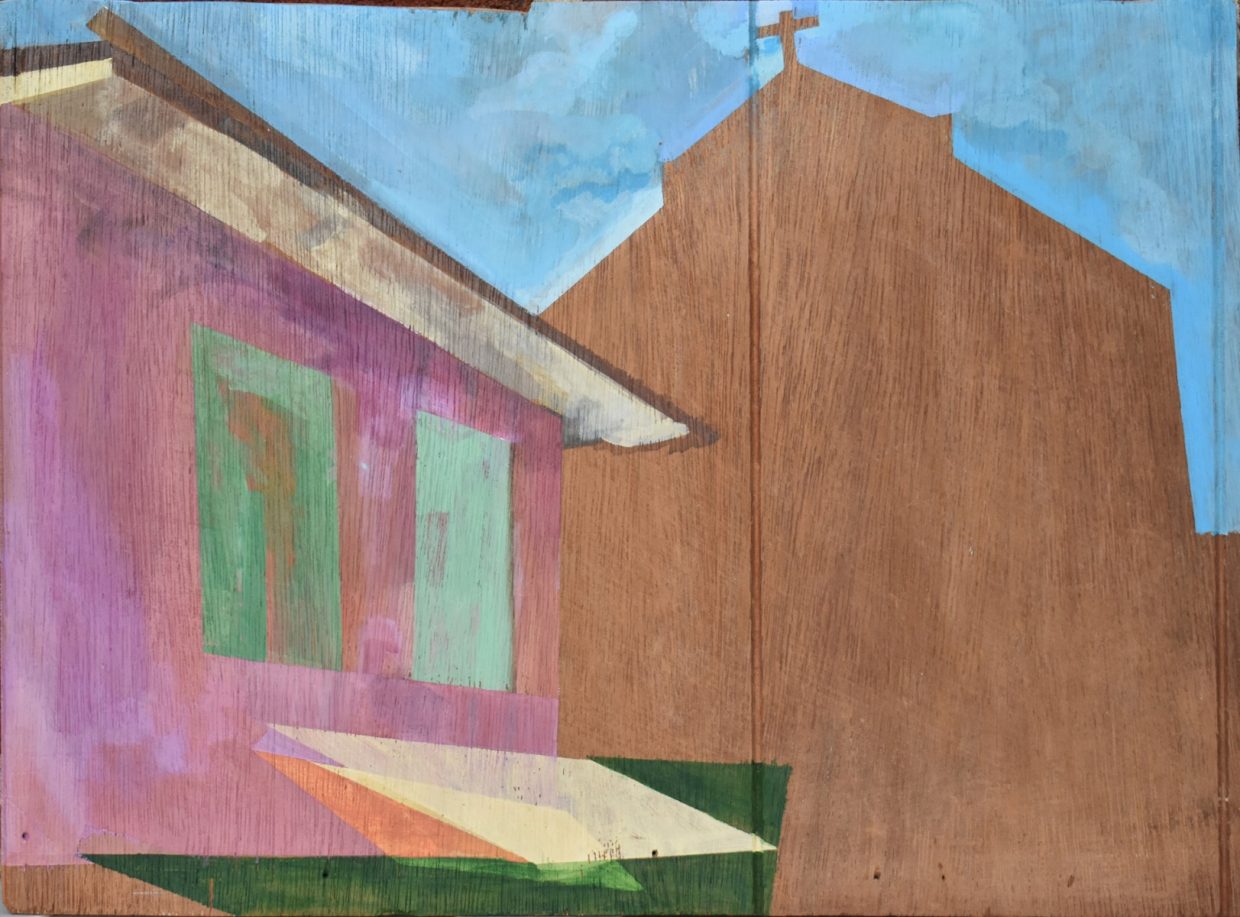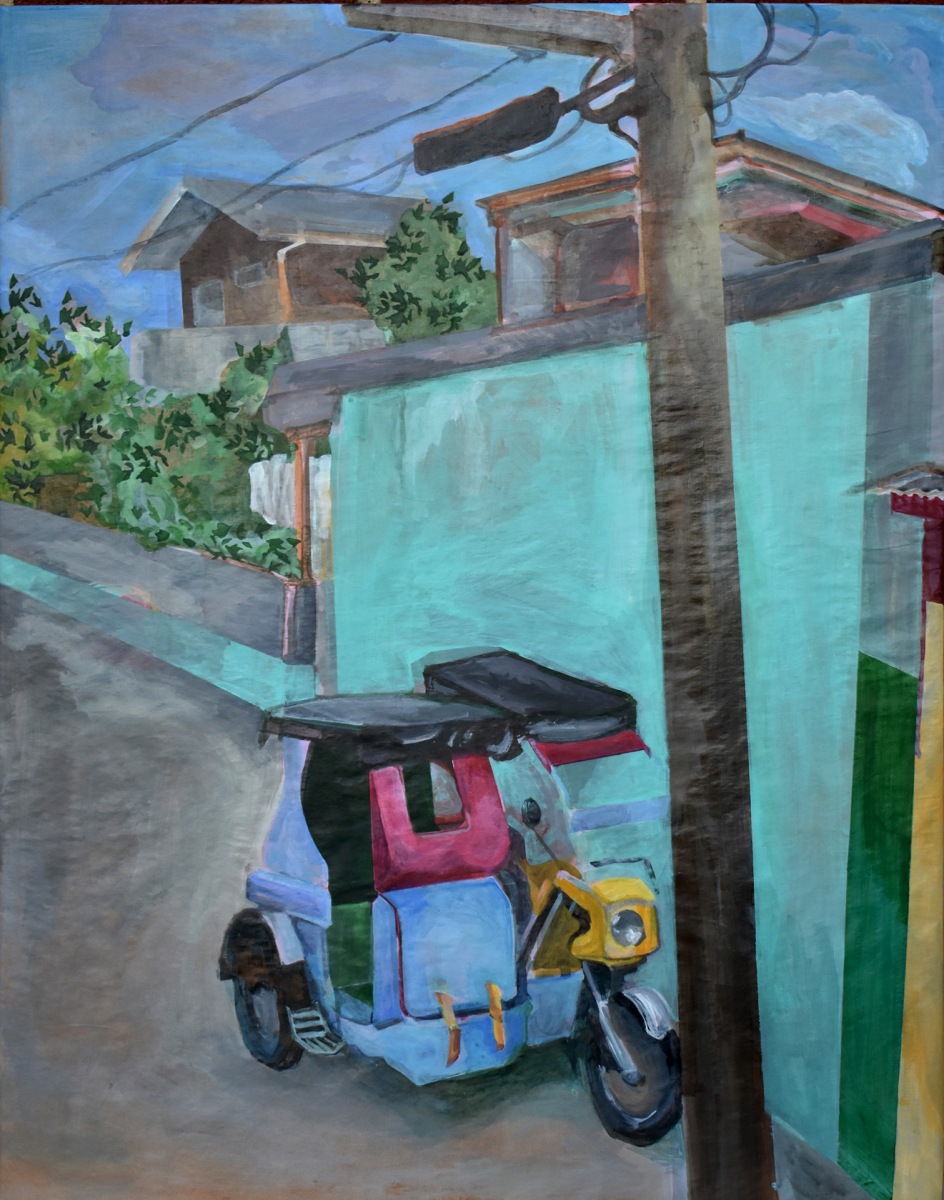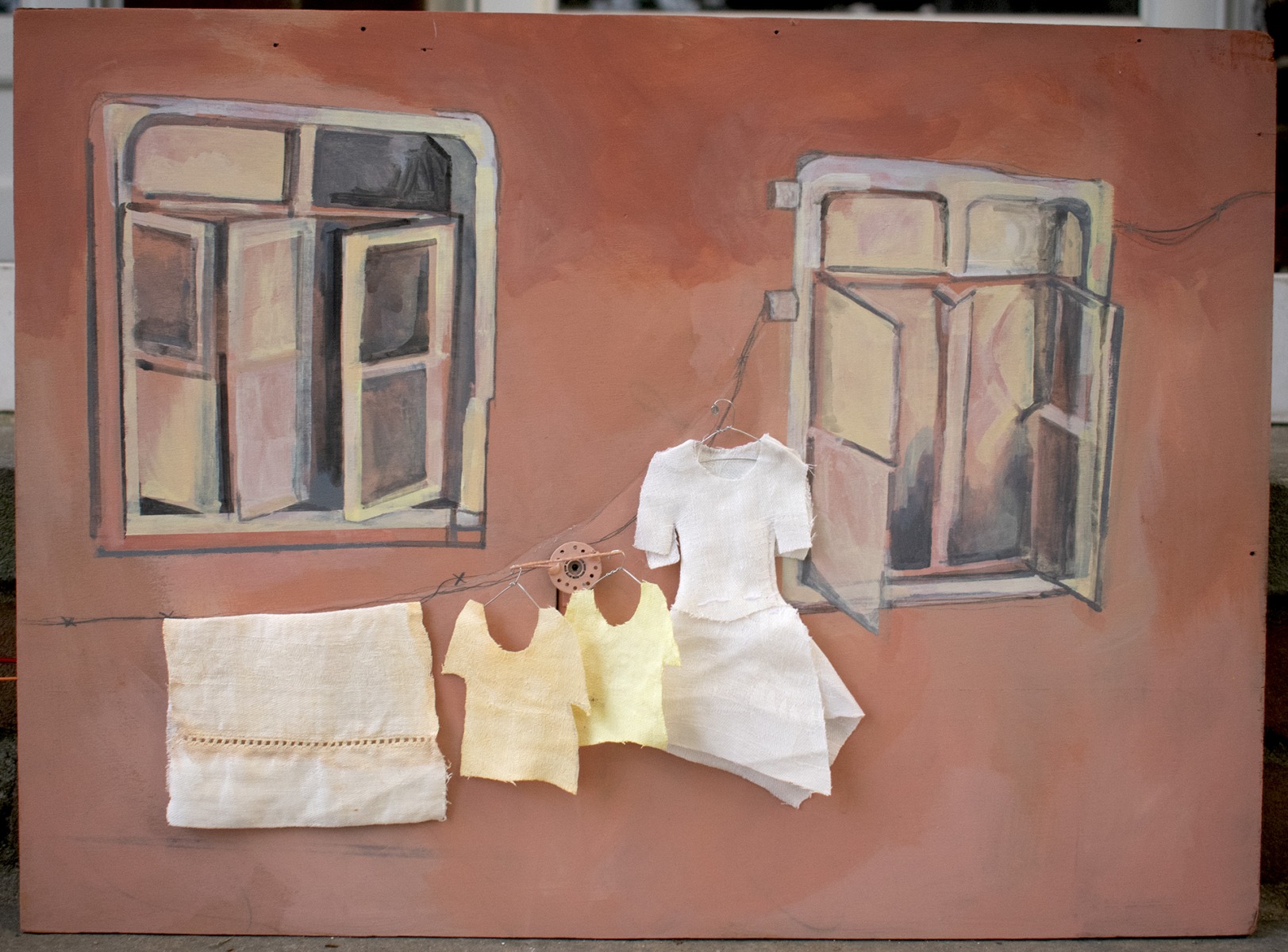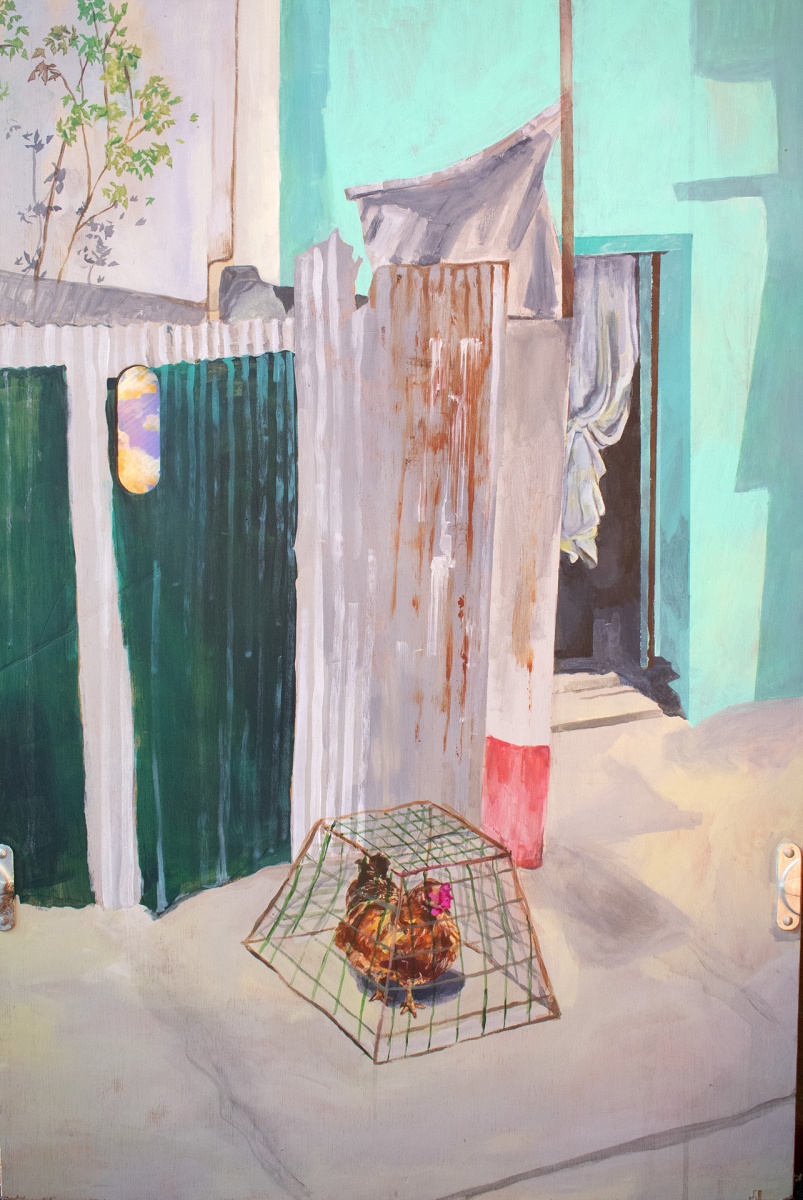Adviser: Howardena Pindell
Left Behind
After spending the last decade bound to Long Island, I’ve become fixated on two things: I am homesick, and I don’t know who I am. Having lived for eight years as a Filipina, then sixteen years as an American, I find that I cannot fit comfortably into either identity. This project began when I realized by navigating through Google Maps, I can “walk” through parts of Manila, through our old neighborhoods. With five paintings I attempt to reach back toward places left behind, lost and far away to me, to achieve some sense of authenticity for myself as an artist, and as an immigrant. In part, I intended to soothe my anxiety that as I age, and as I spend more years unable to visit home, I lose chances to establish my identity.
With imagery of Metro Manila, I have materialized my nostalgia, as I struggle to solidify sparse childhood memories. Growing up there, I saw scrap wood, metal, and plastic everywhere. Those colorful, battered polygon scraps made good fences, walls, roofs, doors. Homes and transports were made of scraps out of pure necessity. Growing up in New York, I became educated on what we were doing to our planet, and I learned that the trash of the first-world litters the roads of the third-world. I needed to reduce my material waste and I also sought to emulate the Filipino practice of using what’s at hand, what’s there in the street, to create the substance of this project.
I’ve merged the use of recycled materials with the modern technology of Google Street View, and incorporated Arduino as a kinetic art-making mechanism. As an artist, a child of a developing country, and a human being facing the consequences of climate change, my objective was to experiment with methods of art-making new and exciting to me, while minimizing the waste that I contribute to the planet.
Tricycle, 2020
One of the first images that excited me as I “walked” through Metro Manila was a view of an empty tricycle parked on a wall. These motorcycle-sidecars were the most familiar means of transportation for me, and their invention signifies the Filipino spirit of building by necessity and with cheap material. I repurposed old packaging paper as my canvas; The shape of the tricycle reminded me of a child’s toy, and the playful colors of this painting would inform my palette for the rest of the show.
Sunday, 2020
Sunday speaks to the strong presence of Catholicism I felt in the Philippines. It is my first work handling the theme of religion, as well as the first abstract painting I’ve produced in my undergraduate studies. I chose to paint it on a scrap piece of wood that had been broken and punched all along the edges with nail holes. The silhouette and position of the church in Sunday signifies the awe that I felt for it as a child, and the respect that it commanded from most people of the Philippines.
Sampayan, 2020 https://vimeo.com/419138367
While trying to find one of our many old apartments, I came across a view of sampayan, which means clothesline. As machine dryers (and the electricity needed to power them) are a luxury in the Philippines, indoor and outdoor clotheslines are used in every home. What struck me about this image was the shape of the windows, their relation to each other, and that they were not barred or wired for protection, unlike most homes that have windows facing the streets. I seized the clothesline as a way of implementing my experiments with Arduino into Sampayan. I created a sketch that would turn a servo motor 15 degrees on a loop, and uploaded it onto an Arduino Uno. On the motor, I hung pieces of miniature clothing made of scraps of thrifted fabric. The motion of the motor simulates a clothesline swaying in the breeze.
Arduino for Sampayan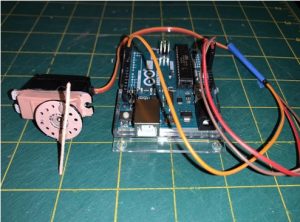
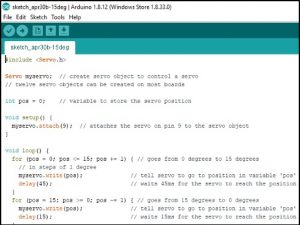
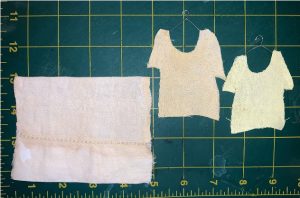
.
15th Ave, 2020 https://youtu.be/abPXelLXgoU
15th Ave is the heart of my project, and the street it is based on contains our family home. I combined the images of two different areas on 15th Avenue—a neighbor’s doorway, and fenced yard, where outside a caged chicken sits on the sidewalk. Roosters and chickens are often kept caged or leashed with shackles in the city, and I would hear them crowing in the mornings. I was given a disused wooden door to paint on, and the hole of the door handle allowed me to incorporate Arduino once again. The chicken is the only living creature depicted in this show, and I empathized with it as I composed 15th Ave. I felt that it was restless, and somber. On a disc, I painted dreamy clouds. I employed the Arduino and motor to rotate this disc beneath the hole of the door. Behind the metal fence, the moving image of floating clouds indicate the daydreams of the trapped bird.
Arduino for 15th Ave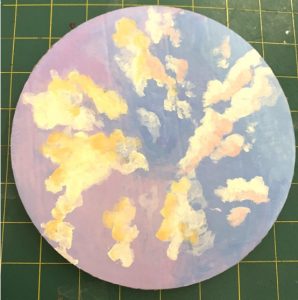
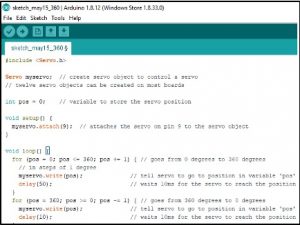

.
Nova, 2020
The title and imagery for Nova is derived from my paternal grandmother’s old apartment in Novaliches, Metro Manila. It is the second abstracted painting of the show, though unlike Sunday, the positive spaces are symbolic, while the negative spaces of natural wood provide the setting. The two large windows were the eyes of her apartment. I recall that you could not see into her one-bedroom apartment from the street, but the windows provided plenty of light indoors. The gate, the most carefully detailed element of Nova, represents a great deal of nostalgia: my small cousins and I used it as a jungle gym.
Completion and the impact of covid-19
Through the course of this show and through conversations with my family, I’ve cultivated a stronger intimacy with my mother culture and country. I’d planned to have a long visit to Manila for late 2020, having much more free time upon the conclusion of my undergraduate studies. Unfortunately, the outbreak of coronavirus worldwide has robbed my graduating class of proper closure during our final semester at Stony Brook University, and has made overseas travel very complicated for the foreseeable future. After processing this grief, I’ve resolved that the constructive way forward is to continue studying this part of my identity through research and art, until I can safely venture back to these places I’ve left behind.

